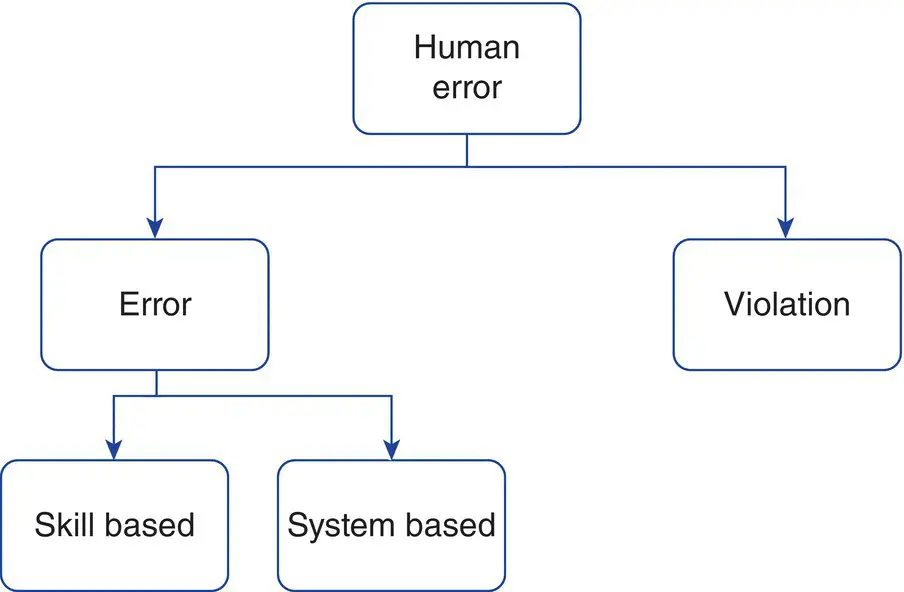Trinath Sahoo - Root Cause Failure Analysis
Здесь есть возможность читать онлайн «Trinath Sahoo - Root Cause Failure Analysis» — ознакомительный отрывок электронной книги совершенно бесплатно, а после прочтения отрывка купить полную версию. В некоторых случаях можно слушать аудио, скачать через торрент в формате fb2 и присутствует краткое содержание. Жанр: unrecognised, на английском языке. Описание произведения, (предисловие) а так же отзывы посетителей доступны на портале библиотеки ЛибКат.
- Название:Root Cause Failure Analysis
- Автор:
- Жанр:
- Год:неизвестен
- ISBN:нет данных
- Рейтинг книги:5 / 5. Голосов: 1
-
Избранное:Добавить в избранное
- Отзывы:
-
Ваша оценка:
- 100
- 1
- 2
- 3
- 4
- 5
Root Cause Failure Analysis: краткое содержание, описание и аннотация
Предлагаем к чтению аннотацию, описание, краткое содержание или предисловие (зависит от того, что написал сам автор книги «Root Cause Failure Analysis»). Если вы не нашли необходимую информацию о книге — напишите в комментариях, мы постараемся отыскать её.
Provides the knowledge and failure analysis skills necessary for preventing and investigating process equipment failures Root Cause Failure Analysis: A Guide to Improve Plant Reliability
Root Cause Failure Analysis: A Guide to Improve Plant Reliability
Root Cause Failure Analysis — читать онлайн ознакомительный отрывок
Ниже представлен текст книги, разбитый по страницам. Система сохранения места последней прочитанной страницы, позволяет с удобством читать онлайн бесплатно книгу «Root Cause Failure Analysis», без необходимости каждый раз заново искать на чём Вы остановились. Поставьте закладку, и сможете в любой момент перейти на страницу, на которой закончили чтение.
Интервал:
Закладка:
Latent failures‐Though active failures are the acts or conditions precipitating the incident situation. Latent human error is made due to systems or routines that are formed in such a way that humans are disposed to making these errors.
Active Failures
There are 3 types of active human error:
Slips and lapses – made inadvertently by experienced operators during routine tasks
Mistakes – decisions subsequently found to be wrong, though the maker believed them to be correct at the time
Violations – deliberate deviations from rules for safe operation of equipment
Familiar tasks carried out without much conscious attention are vulnerable to slips and lapses if the worker's attention is diverted: for example, missing a step in a sequence because of an interruption.
Mistakes occur where a worker is doing too many or complex tasks at the same time or is under time pressure: for example, misjudging the time and space needed to complete an overtaking maneuvre.
Violations, though deliberate, usually stem from a desire to perform work satisfactorily given particular constraints and expectations.
Factors that are most closely tied to the failure and can be described as active failures or actions committed by the operator that result in human error. We have identified these active failures or actions as Errors and Violations.
1 Errors: Errors are factors in a mishap when mental or physical activities of the operator fail to achieve their intended outcome as a result of skill‐based, perceptual, or judgment and decision‐making errors, leading to an unsafe situation. Errors are unintended. We classified Errors into two types:Skill‐based Errors: When people are performing familiar work under normal conditions, they know by heart what to do. They react almost automatically to the situation and do not really have to think about what to do next. For instance, when a skilled automobile driver is proceeding along a road, little conscious effort is required to stay in the lane and control the car. The driver is able to perform other tasks such as adjusting the radio or engaging in conversation without sacrificing control. Errors committed at this level of performance are called slips or lapses.System based: are a more complex type of human error where we do the wrong thing believing it to be right. The failure involves our mental processes which control how we plan, assess information, make intentions and judge consequences. These errors are judgment and decision‐making errors. Misperception of an object, threat or situation (such as visual, auditory, proprioceptive, or vestibular illusions, cognitive or attention failures).
1 Violations: Violations are any deliberate deviations from rules, procedures, instructions, and regulations. The breaching or violating of rules or maintenance procedures is a significant cause of many failures. Removing the guard on dangerous machinery or driving too fast will clearly increase the risk. Our knowledge of why people break rules can help us to assess the potential risks from violations and to develop control strategies to manage these risks effectively.

Figure 4.1Contributing factors to human error.
Latent Failures
Latent failures are normally present in the system well before an failure occur and are most likely bred by decision‐makers, regulators, and other people far removed in time and space from the event. These are the managerial influences and social pressures that make up the culture (“the way we do things around here”), influence the design of equipment or system, and define supervisory inadequacies. They tend to be hidden until triggered by an event. Latent failures may occur when several latent conditions combine in an unforeseen way. Efforts should be directed at discovering and solving these latent failures rather than by localizing efforts to minimize active failures by the technician. Also, there are organizational influences such as communications, actions, omissions, or policies of upper‐level management directly or indirectly affect supervisory practices, conditions, or actions of the operator(s) and result in system failure or human error.
A distinction between active failures and latent conditions rests on two differences. The first difference is the time taken to have an adverse impact. Active failures usually have immediate and relatively short‐lived effects. Latent conditions can lie dormant, doing no particular harm, until they interact with local circumstances to defeat the systems’ defenses. The second difference is the location within the organization of the human instigators. Active failures are committed by those at the human–system interface, the front‐line activities. Latent conditions, on the other hand, are spawned in the upper echelons of the organization and within related manufacturing, contracting, regulatory, and governmental agencies that are not directly interfacing with the system failures
The consequences of these latent conditions permeate throughout the organization to local workplaces – control rooms, work areas, maintenance facilities etc. – These local workplace factors include undue time pressure, inadequate tools and equipment, poor human–machine interfaces, insufficient training, under‐manning, poor supervisor–worker ratios, low pay, low morale, low status, macho culture, unworkable or ambiguous procedures, and poor communications.
Within the workplace, these local workplace factors can combine with natural human performance tendencies such as l limited attention, habit patterns, assumptions, co complacency, or mental shortcuts. These combinations produce unintentional errors a and intentional violation committed by individuals and teams at the “sharp end,” or the direct t human‐system interface (active error).
Latent failures are those aspects of an organization which influence human behavior and make active failures more likely. Factors include:
Ineffective training;
Inadequate supervision;
Ineffective communications;
Inadequate resources (e.g. people and equipment); and
Uncertainties in roles and responsibilities;
Poor SOPs.
poor equipment design or workplace layout
work pressure, long hours, or insufficient supervision
distractions, lack of time, inadequate procedures, poor lighting, or extremes of temperature
Latent failures provide great, potential danger to active failures. Latent failures are usually hidden within an organization until they are triggered by an event likely to have serious consequences.
What Factors Influence Human Reliability?
For practical application, it is important to understand the errors personnel are likely to make. Steps can be taken to eliminate them or, if this is not possible, to minimize the consequences.
The main causes of human error are as follows:
unfamiliarity: a job or situation is important but occurs infrequently or is novel,
time shortage: not enough time is available to complete the job by following procedure or for error detection and correction,
understanding: People do not understand the job properly or no means available to convey information such that it is easy to understand,
“Mental models”: the way the operator imagines a system to work is different to how the designer imagined it,
information overload: simultaneous presentation of information goes beyond a persons capacity to understand,
new techniques: the need to learn new techniques which may follow philosophies opposing those that have been used previously,
Читать дальшеИнтервал:
Закладка:
Похожие книги на «Root Cause Failure Analysis»
Представляем Вашему вниманию похожие книги на «Root Cause Failure Analysis» списком для выбора. Мы отобрали схожую по названию и смыслу литературу в надежде предоставить читателям больше вариантов отыскать новые, интересные, ещё непрочитанные произведения.
Обсуждение, отзывы о книге «Root Cause Failure Analysis» и просто собственные мнения читателей. Оставьте ваши комментарии, напишите, что Вы думаете о произведении, его смысле или главных героях. Укажите что конкретно понравилось, а что нет, и почему Вы так считаете.












